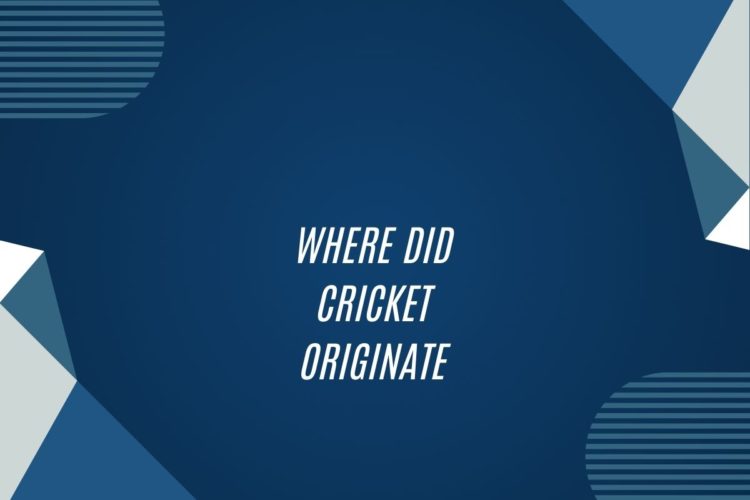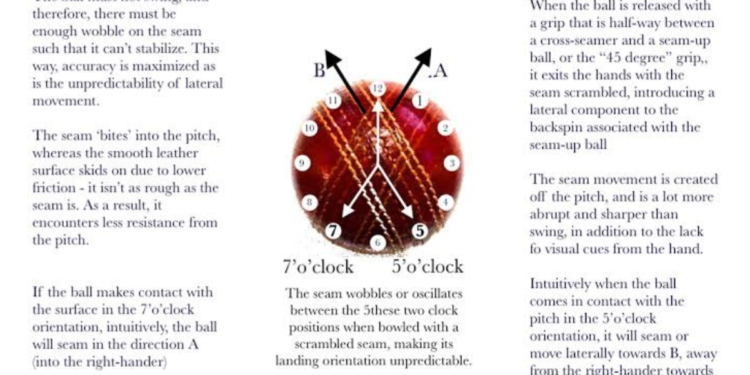History of Cricket
Cricket, a sport steeped in tradition and rich in history, has evolved over centuries to become one of the most popular games in the world. Its origins can be traced back to the 16th century in England, where it was initially played by shepherds using a ball and a makeshift bat. As the game gained popularity, rules were established, and it began to attract players from all walks of life.
Throughout the years, cricket underwent various transformations, from being a recreational pastime to a highly organized and competitive sport. The formation of formal cricket clubs in the 18th century laid the foundation for the modern game we know today. With the establishment of the Marylebone Cricket Club (MCC) in 1787 and the standardization of rules, cricket began to flourish not only in England but also in other parts of the world.
Early Evolution of Cricket
Cricket is said to have originated in England during the 16th century, evolving from earlier bat-and-ball games played in rural communities. The game gained popularity among the rural population, with matches typically being played between neighboring villages on makeshift pitches. Over time, these informal matches began to take on a more structured form, paving the way for the formalization of the rules of cricket.
As the game continued to evolve, cricket began to attract the interest of the nobility in England. With their patronage, cricket started to be played in more organized settings, such as public schools and universities. This shift towards a more structured and formalized version of the game laid the foundation for the modern rules and regulations that govern cricket today.
The Spread of Cricket
Cricket’s expansion beyond the British Isles began with the British colonization of the Indian subcontinent in the 18th century. The sport quickly gained popularity among the local population and soon became ingrained in the social fabric of the region. As British imperial influence spread to other parts of the world, so did the game of cricket.
With the establishment of international trade routes and the movement of British expatriates to colonies in Africa, the Caribbean, Australia, and New Zealand, cricket found fertile ground in these new territories. The game became a symbol of colonialism, but also a means of cultural exchange and connection between different parts of the British Empire. Today, cricket is played in over 100 countries, with India, Australia, England, and the West Indies among the powerhouses of the sport.
Cricket in Medieval Times
Cricket in Medieval Times was a popular pastime among the nobility and peasantry alike. The game was played in various forms, often on makeshift pitches in open fields or meadows. Unlike the structured matches we see today, cricket in medieval times was more informal and played for leisure rather than competition.
Players used simple equipment like wooden bats and balls made of leather or cork. Matches were often played between neighboring villages or during local fairs and festivals, adding a sense of community and camaraderie to the sport. Despite its humble origins, cricket in medieval times laid the foundation for the organized game we know today, with its rules and regulations evolving over the centuries.
Cricket in England
Cricket in England traces its roots back to the 16th century, gaining popularity among the nobility before spreading to the wider population. The game was formalized in the 18th century with the establishment of the Marylebone Cricket Club (MCC) in 1787, setting the rules and regulations that would form the foundation of modern cricket.
The sport became an integral part of English culture, with matches between counties and clubs drawing large crowds and sparking intense rivalries. The concept of fair play and sportsmanship became central to cricket in England, shaping the ethos of the game and influencing its development worldwide.























